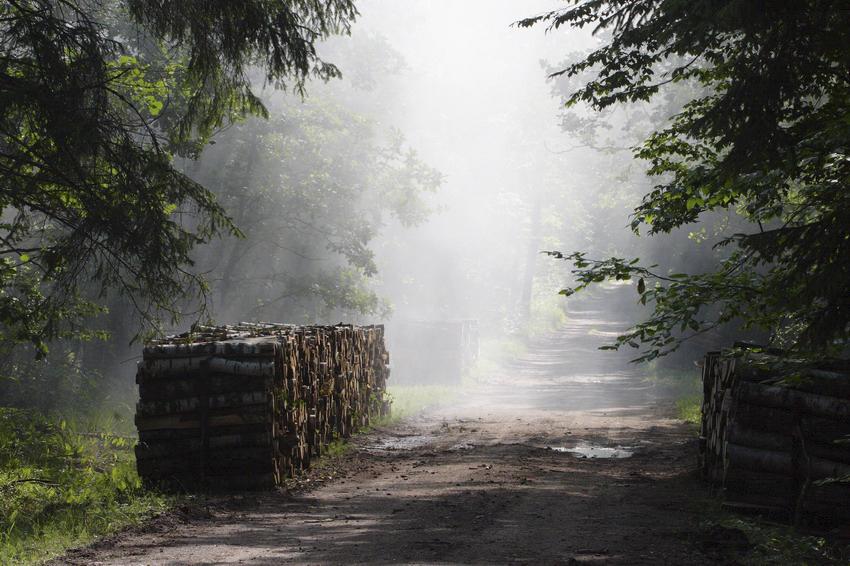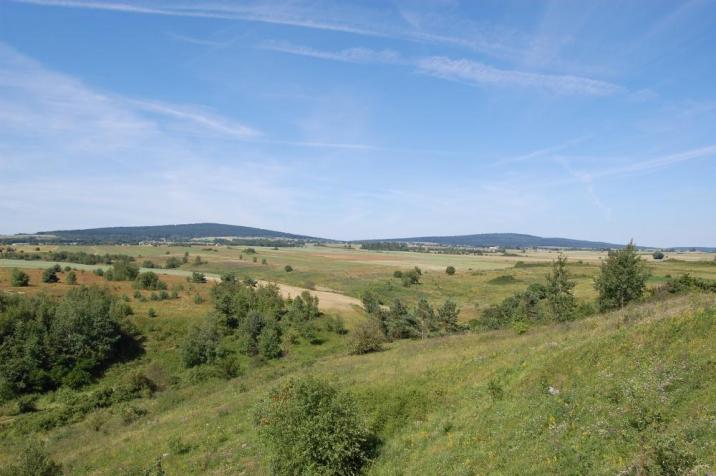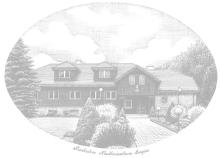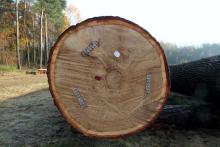 Asset Publisher
Asset Publisher
The State Forests National Forest Holding
The State Forests National Forest Holding is the largest organisation in the European Union managing forests, which belong to the State Treasury and celebrating its 90 anniversary this year.
Presently, we manage the area of one third of Poland's territory. Not long after the end of the Second World War, there was only 21 % of the area. Every year we plant 500 million of new trees, as we want Polish forests grow all the time.
Every year Polish foresters plant 500 million of trees.
85 % of nature reserves in Poland are located within the State Forests. 40 % of the forests managed by General Directorate of the State Forests are protected within the framework of European network Natura 2000. We fight against many threats: natural disasters, plaques of insects, trees' diseases, fires, pollutions, as well as poaching and vandalism.
We take care the forestry supplying the market with timber, as ecological and universal material, to be carried on in accordance with rules of balanced development (photography P.Fabjański).
One of our major tasks is making forests accessible to the society. We invite you to take advantage of these beautifully located within the forest wilderness holiday resorts, forester's lodges or guest rooms. That is for you, we create thousand kilometres of hiking trails, cycling paths or camping sites. All the above mentioned, you can find in service www.czaswlas.pl.
We also take care the forestry supplying the market with timber, as ecological and universal material, to be carried on in accordance with rules of balanced development. We obtain over 30 million of cubic meters of wood annually, twice as much as at the beginning of the nineties of the XX century.
Despite of this, the average of wood abundance per hectare of our forests is one fourth bigger than 20 years ago and 40% bigger than the average of European Union currently amounts.
In Poland in sectors connected with the forestry, there work about 375 thousand of people. It means that each 40 working Pole works in the forest.
In Poland in sectors connected with the forestry, there work about 375 thousand of people. It means that each 40 working Pole works in the forest. The sector of wood processing works out approximately 8 % of our GDP (Gross Domestic Product). Among others, thanks to the timber from the State Forests Poland is the 10 largest producer of furniture in the world, and the 4 largest furniture exporter.
The State Forests employ 25 thousand people. That way we are the 9 biggest employer in Poland. Among the largest companies in our country it takes 22 place in respect of its incomes and 11 place in respect of its profits. The value of assets, we manage, reaches 300 million zl. If we add social values, it will be worth one billion zlotych. We do not use money from the budget, but we earn money on our own to support the business. In spite of the financial crisis, since 2002, we continuously note down profits. Moreover, we pay taxes amounting 1,3 billion zl annually.
87 % of Poles think, the foresters are competent. We willingly share our knowledge of Polish forests, of their history and of nature values with the others. We publish books, periodicals, brochures; we also administer the website www.lasy.gov.pl . For children, the youth and teachers, we prepared internet service "E-lynx' Lynx Forest" (www.erys.pl). Our staff has supported schools in field of nature education for years. We also organise many actions to let people broaden their knowledge about forest, nature and ecology.
 Asset Publisher
Asset Publisher
Bushcraft i surwiwal w Paśmie Jeleniowskim
Bushcraft i surwiwal w Paśmie Jeleniowskim
21 listopada na terenie zarządzanym przez Lasy Państwowe rozpoczął się pilotaż udostępnienia obszarów leśnych do uprawiania bushcraftu i surwiwalu. Obszary objęte pilotażowym programem wyznaczone zostały na terenie leśnych kompleksów promocyjnych. Na terenie RDLP w Radomiu działania realizuje Nadleśnictwo Łagów (Leśny Kompleks Promocyjny „Puszcza Świętokrzyska”).
Bushcraft i surwiwal to nietypowe formy aktywności terenowej nastawione m.in. na bliski kontakt z naturą, minimalizm i samowystarczalność podczas przebywania w lesie. Na obszarach pilotażowych, dzięki nowym uregulowaniom społeczność ta będzie mogła uprawiać swoje hobby bez obaw o naruszenie ustawy o lasach.
Nadleśnictwo Łagów udostępniło do tego celu obszar Pasma Jeleniowskiego. Będzie to aż 2 000 ha. Wyprawa będzie o tyle ciekawsza, że można ją połączyć z wędrówką w pobliże rezerwatów przyrody: „Szczytniak", „Góra Jeleniowska” oraz „Małe Gołoborze”. W obszarze tym znajdują się również takie atrakcje jak kaplica na Górze Witosławskiej, XIX-wieczna figura Chrystusa w jej sąsiedztwie, czy źródło „Malinowy Stok”.
Łącznie Lasy Państwowe wyznaczyły 43 specjalne obszary leśne o łącznej powierzchni ponad 65 tys. ha. Pilotażowy program potrwa do 23 listopada 2020 roku. Wszystkie szczegóły, w tym mapy i regulamin zostały opublikowane na stronie internetowej Lasów Państwowych. Mapa jest również dostępna w aplikacji Bank Danych o Lasach https://www.bdl.lasy.gov.pl/portal/mapy.
Więcej o obszarach pilotażowych znajdziesz na stronie internetowej
W związku z pilotażem 19 listopada zorganizowano spotkanie w Nadleśnictwie Łagów, w którym wzięły udział instytucje oraz organizacje zainteresowane tego typu aktywnością oraz założeniami pilotażu. Na tym polega idea pilotażu – są to działania wstępne, które mają pomóc rozpoznać podstawowe bariery oraz zebrać wiedzę niezbędną do realizacji przyszłych projektów.
Obszar w Nadleśnictwie Łagów wyznaczony został zarządzeniem nadleśniczego. Ustalono też regulamin do stosowania przez osoby chcące skorzystać z możliwości dostępnych w wyznaczonych obszarach leśnych. Jednym z jego ważniejszych punktów jest biwakowanie w dowolnym miejscu w grupie do czterech osób i nie dłużej niż dwie noce z rzędu bez zgody nadleśnictwa (wystarczy je tylko uprzedzić o tym zamiarze pocztą elektroniczną). Biwakujący będą musieli potem przywrócić miejsce do stanu wyjściowego, przed wszystkim posprzątać po sobie – zgodnie z zasadą leave no trace (z ang. nie zostawiaj po sobie śladów).


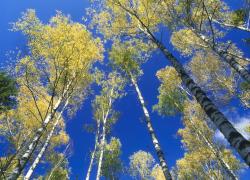 fot. Paweł Fabijański
fot. Paweł Fabijański
 fot. Paweł Fabijański
fot. Paweł Fabijański
 fot. Paweł Fabijański
fot. Paweł Fabijański
